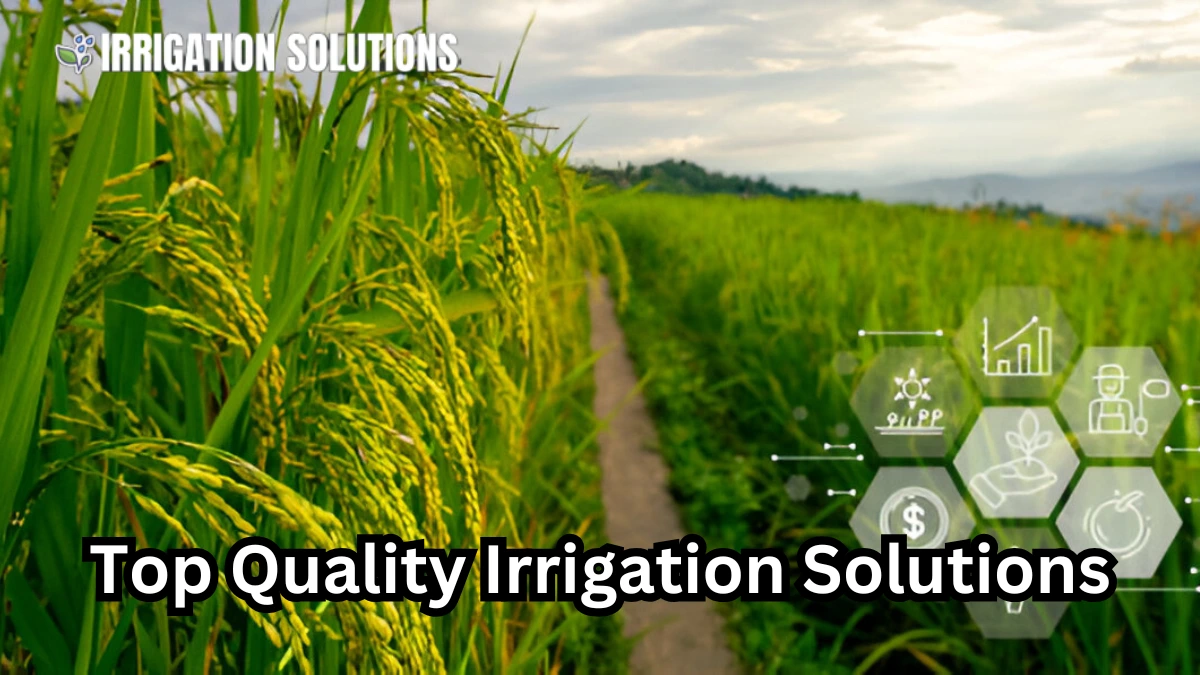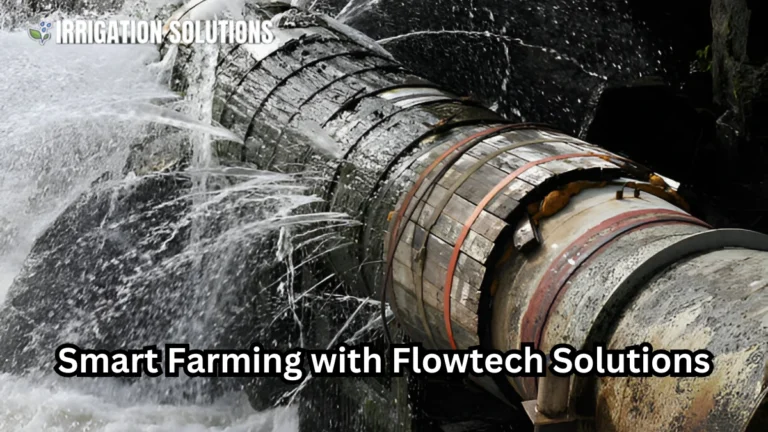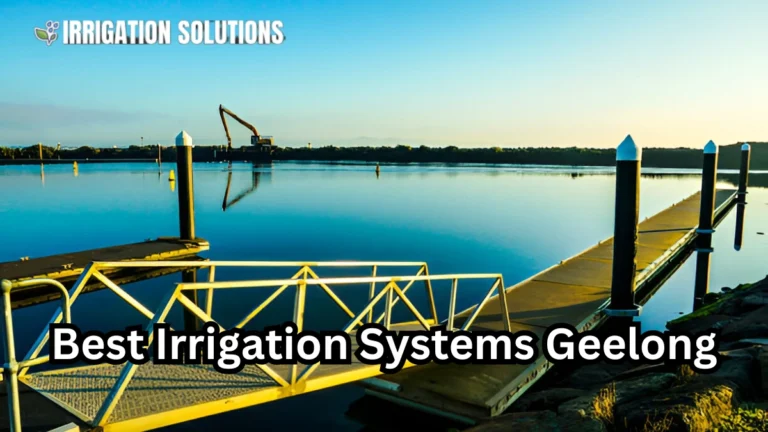Top quality irrigation solutions

Efficient water management is the cornerstone of thriving agricultural practices. With growing global challenges such as water scarcity and climate change, quality irrigation solutions have become essential for sustainable farming. This blog delves into comprehensive irrigation strategies, modern technologies, and actionable tips to ensure optimal water use in agriculture.
Why Quality Irrigation Solutions Matter
Water is the lifeblood of agriculture, yet over 70% of freshwater globally is used for farming. Mismanagement leads to wastage, soil degradation, and reduced crop yields. Employing efficient irrigation systems ensures:
- Increased Crop Yields: Proper hydration directly impacts plant health and productivity.
- Water Conservation: Reduces wastage by delivering water precisely where it’s needed.
- Cost Efficiency: Cuts down water bills and operational expenses.
- Environmental Sustainability: Protects ecosystems by minimizing runoff and over extraction.
Types of Irrigation Systems
Different farming needs call for tailored irrigation solutions. Below are the most common types, along with their benefits and applications:
Drip Irrigation
Description: Delivers water directly to the root zone through a network of tubes and emitters.
Best For: Fruit orchards, vineyards, and row crops.
Benefits:
- Reduces water evaporation and runoff.
- Precise nutrient delivery through fertigation.
- Enhances soil health by maintaining consistent moisture levels.
Sprinkler Irrigation
Description: Sprays water over the field, simulating rainfall.
Best For: Large fields of cereals, vegetables, and turf grass.
Benefits:
- Uniform water distribution.
- Ideal for irregularly shaped fields.
- Suitable for sandy and light soils.
Surface Irrigation
Description: Relies on gravity to distribute water across fields.
Best For: Paddy fields and flat terrains.
Benefits:
- Cost effective with minimal infrastructure.
- Well suited for regions with abundant water supply.
Subsurface Irrigation
Description: Underground pipes deliver water directly to the roots.
Best For: High value crops and water-scarce areas.
Benefits:
- Prevents water loss due to evaporation.
- Reduces weed growth.
- Long term cost savings.
| Irrigation Type | Water Efficiency | Cost | Maintenance |
| Drip Irrigation | 90-95% | High | Moderate |
| Sprinkler Irrigation | 70-85% | Medium | High |
| Surface Irrigation | 50-70% | Low | Low |
| Subsurface Irrigation | 95%+ | Very High | High |
Key Technologies in Modern Irrigation
Integrating technology with irrigation has transformed water management. Here are some groundbreaking advancements:
Smart Irrigation Systems
- Features: Automated controllers, soil moisture sensors, and weather based adjustments.
- Example: A smart irrigation system installed on a Californian vineyard reduced water usage by 25% while boosting grape quality.
Remote Monitoring
Farmers can now monitor and control irrigation through mobile apps and web platforms. This enables real time decision-making and minimizes manual labor.
Drones and Satellites
- Applications: Mapping moisture levels, identifying dry zones, and monitoring crop health.
- Case Study: A wheat farm in Australia utilized drone imaging to optimize irrigation patterns, saving 15% water annually.
Recycled Water Systems
Using treated wastewater for irrigation not only conserves freshwater but also ensures nutrient rich water for crops.
Best Practices for Implementing Irrigation Solutions
Evaluate Your Farm’s Needs
Every field is unique. Consider factors like soil type, crop requirements, and local climate before choosing an irrigation system.
Regular Maintenance
- Clean drip emitters to avoid clogging.
- Inspect sprinkler heads for damage.
- Check for leaks in underground pipes.
Leverage Government Programs
Many countries offer subsidies and training programs for farmers to adopt efficient irrigation systems. For example, the USDA’s EQIP program provides financial assistance to US farmers for water conservation projects.
Rotate Crops and Use Cover Crops
Crop rotation and cover crops improve soil structure, reducing water requirements over time.
Case Studies: Success with Quality Irrigation
Drip Irrigation in Israel
Israel, a leader in agricultural innovation, has mastered drip irrigation. By using this system, farmers in arid regions have transformed deserts into fertile lands, achieving up to 40% water savings.
Sprinkler Systems in India
In Maharashtra, India, sprinkler irrigation has doubled sugarcane yields while conserving 30% water.
Future of Irrigation: Sustainable Solutions
As technology advances, the future of irrigation promises even greater efficiency:
- AI Powered Irrigation: Predicts crop water needs based on growth stages and weather forecasts.
- Solar Powered Systems: Reduces dependence on electricity or fossil fuels.
- Vertical Farming: Combines hydroponics and precise water delivery for urban agriculture.
Conclusion
Quality irrigation solutions are no longer a luxury but a necessity in modern agriculture. By adopting efficient systems, farmers can not only enhance productivity but also contribute to a sustainable future. Whether through smart technologies, government programs, or simple best practices, the journey toward optimal water use starts with informed decisions.






